Grasp the crucial differences between DoFollow and NoFollow links. Learn how each impacts your SEO, PageRank, and overall website authority.
Disclosure: This post may contain affiliate links. This means that if you click on a link and make a purchase, I may earn a small commission at no extra cost to you. I only recommend products and services I truly believe will add value to you.
Getting into affiliate marketing, I found out pretty quickly that not all links work the same way. The difference between DoFollow and NoFollow links turned out to be one of those little details that can have a big impact on traffic and site growth. If you’re building an affiliate site or writing content to send readers to partners, you’ll want to know what these link types mean, and why it actually matters for your own results.

What Are DoFollow and NoFollow Links?
In the most basic terms, a DoFollow link is a regular hyperlink that tells search engines, “Hey, you can count this link as a vote of confidence for the page I’m linking to.” When Google sees lots of DoFollow links pointing at a page, that page tends to get more authority and can show up higher in search results.
NoFollow links, on the other hand, include a bit of HTML code that says, “Don’t count this link as a vote.” This approach was introduced to stop people from spamming links everywhere just to rank higher. The actual code looks like this: rel="nofollow".
When search engines spot that code, they basically ignore the link when figuring out rankings. The clickable link still works for readers, but it won’t help—or hurt—the page’s SEO power in a big way.
Why DoFollow and NoFollow Links Are Important in Affiliate Marketing
With affiliate marketing, most people want two main things: targeted traffic from search engines and the potential for higher earnings through good rankings. The way you use links, and the types of links you attract, will affect both.
When you add an affiliate link to a product or service, you usually want to get credit for a sale or a sign-up. But there’s more to it than just dropping a link. If all your outbound links are DoFollow, you could pass on some of your own site’s “link juice” and authority to those other sites. If you use NoFollow, you’re telling Google not to count that outgoing link toward the recipient’s search ranking.
Most big affiliate programs, such as Amazon Associates, want their links to be NoFollow so site owners can’t game search results. Google itself recommends using NoFollow for sponsored links so you don’t accidentally affect search rankings by linking to advertisers or partners. Learning when and why to use each type helps you avoid search penalties and keeps your site’s own authority intact.
Quick Guide: How to Spot and Set DoFollow vs NoFollow Links
It doesn’t take any complicated tech skills to check what kind of link you’re looking at. You can:
- Right-click the link and inspect: Look for
rel="nofollow"in the code. - Use browser extensions: There are free Chrome or Firefox add-ons that highlight DoFollow and NoFollow links instantly on any page.
If a link is missing the rel="nofollow" tag, it’s considered DoFollow by default. It’s that simple.
To set a NoFollow link, you just edit your link like this:
If you’re using WordPress, plenty of SEO plugins let you toggle this setting right from the link editor, making it super easy to manage.
Things to Keep in Mind Before Adding Affiliate Links
Before sprinkling affiliate links all over your content, I picked up a few things to consider. These basics can save you headaches later:
- Google compliance: Always use NoFollow for paid, sponsored, or affiliate links. This matches Google’s guidelines and helps you avoid ranking penalties.
- Link balance: Too many outbound DoFollow links can water down your site’s own authority. Try to keep most external affiliate links marked as NoFollow.
- Reputation: Linking only to products or services you trust matters a lot. Readers are more likely to return when you keep things honest and useful.
- User experience: Make sure affiliate links are easy to recognize and actually lead to helpful info or deals for your audience.
Google Compliance
Google wants the web to be fair, and it doesn’t like when people boost other sites’ rankings by paying for DoFollow links. So, when you add affiliate links, making them NoFollow is just the industry standard. This flag shows Google you’re not trying to manipulate rankings. It’s about being transparent and above board.
Link Balance
If your site sends out too much “link juice” with DoFollow links, your own pages can lose their authority. That might make it tougher for your content to stay visible in Google. I usually keep DoFollow links for genuinely helpful resources, while NoFollow is best for partnerships, sponsors, and affiliate stuff.
Reputation and Experience
Your credibility takes a hit if you constantly promote junk or broken links. I try every tool or product I promote before adding the affiliate link. When I vouch for something and the link is clear, my trust with readers stays strong, and people are far more likely to engage with my recommendations. Over time, this credibility turns visitors into returning readers, which is invaluable for affiliate success.
User Experience
It’s easy to go overboard with links in hopes of higher commissions, but nobody likes a cluttered or spammy post. I always use subtle call-to-actions, put links where they make sense, and add a quick disclosure if the link helps keep my site running. Also, I make sure the reader’s journey stays smooth and distraction-free, so the helpful info comes first, not just affiliate pitches.
Advanced Tips: Smart Linking Strategies for Affiliate Marketers
After the basic setup, I found a few advanced tweaks really helpful:
Mix of DoFollow and NoFollow: Not every outbound link needs to be NoFollow. Linking to trusted, nonaffiliate resources with DoFollow shows Google you’re a quality source willing to share authority. For example, linking to a helpful blog post about SEO from a trusted site can boost your credibility and helps your readers get more in-depth information.
Internal linking: Always use DoFollow links within your own site. Linking your product reviews, how-to guides, or comparison pages together helps Google understand your topics and spreads authority through your own articles, keeping your whole site stronger in the eyes of search engines.
Building organic DoFollow backlinks: Focus on creating genuinely helpful content that others want to share. Guest posts, resource guides, and detailed tutorials often earn DoFollow backlinks naturally because other creators find them valuable, and these types of backlinks are the gold standard for growing your site’s search position.
Use NoFollow for untrusted sources: If you absolutely need to link to a tool or resource you haven’t vetted, make that link NoFollow until you’re confident it’s safe for your audience. This cautious approach keeps your readers protected and guards your reputation.
Another often overlooked trick is to regularly audit your outgoing links. Sometimes, an old affiliate or resource link may have changed ownership or started redirecting to questionable content. Running scheduled checks with a link monitoring tool can help you spot and fix any issues quickly.
Why NoFollow Doesn’t Mean “No Value”
It’s easy to think NoFollow links are worthless for SEO, but I’ve noticed they still help. First off, they drive real people who actually click through. Plus, Google has dropped hints that it sometimes uses NoFollow links for crawling or discovery, even if they don’t pass authority in the old-school way.
Plenty of bigname sites, like Wikipedia or major social networks, mark all external links as NoFollow, but those links can still drive tons of traffic. Even if it doesn’t move your search ranking, a NoFollow link in the right place can bring the right audience to your affiliate page. Also, the visibility you gain from these platforms can sometimes lead to natural DoFollow links down the road as others reference and cite your work.
Common Questions About DoFollow and NoFollow Links
Here are questions I hear all the time from affiliate marketers who want to make the most of their linking strategy:
Question: Should I ever use DoFollow for affiliate links?
Answer: It’s almost always better to use NoFollow for affiliate and sponsored links, just to play it safe with Google. The only time I’d use DoFollow is if I’m absolutely certain there’s no paid relationship and the link truly adds value to the topic and user experience.
Question: Do NoFollow links help with site authority or traffic?
Answer: They don’t pass authority in the traditional SEO sense, but they can still bring real humans, which means more opportunities for sales, signups, or shares for your affiliate site.
Question: How do I change existing affiliate links to NoFollow in bulk?
Answer: If you’re on WordPress, plugins like ThirstyAffiliates or Pretty Links allow you to automatically mark all affiliate links as NoFollow. This can save tons of time and dodges the need for manual editing of every single post, keeping your site compliant and efficient.
The Role of Link Types in Growing Affiliate Revenue
Link management isn’t just a tech detail—it shapes how well your content ranks, how you get found, and how much you can actually earn. If you ignore link types and cross Google’s rules, you could see your traffic drop quickly. But when you get it right, you can build a site that feels trustworthy and brings in steady new readers who actually click your affiliate links.
Taking the time to understand and organize DoFollow and NoFollow links helps your site stay healthy, meets Google’s standards, and points your SEO in the right direction. That’s an easy win for any affiliate marketer hoping for consistent results. Keeping an eye out for link quality, balance, and compliance gives you the foundation for a long-lasting and profitable affiliate adventure.
Read more:
How To Create Linkable Assets That Naturally Attract Backlinks
Using Social Media To Boost Your Backlink Profile Effectively
Analyzing Competitor Backlinks: A Step-by-Step Approach
The Difference Between DoFollow And NoFollow Links And Why It Matters
How To Use Broken Link Building To Gain High-Quality Backlinks
Top 10 Backlink Strategies Every SEO Expert Should Know
The Role Of Backlinks In Google’s Algorithm: What You Need To Know
Guest Posting Tips For Effective Backlink Acquisition
How To Avoid Common Backlink Mistakes That Hurt Your Rankings
The Ultimate Guide To Building Quality Backlinks
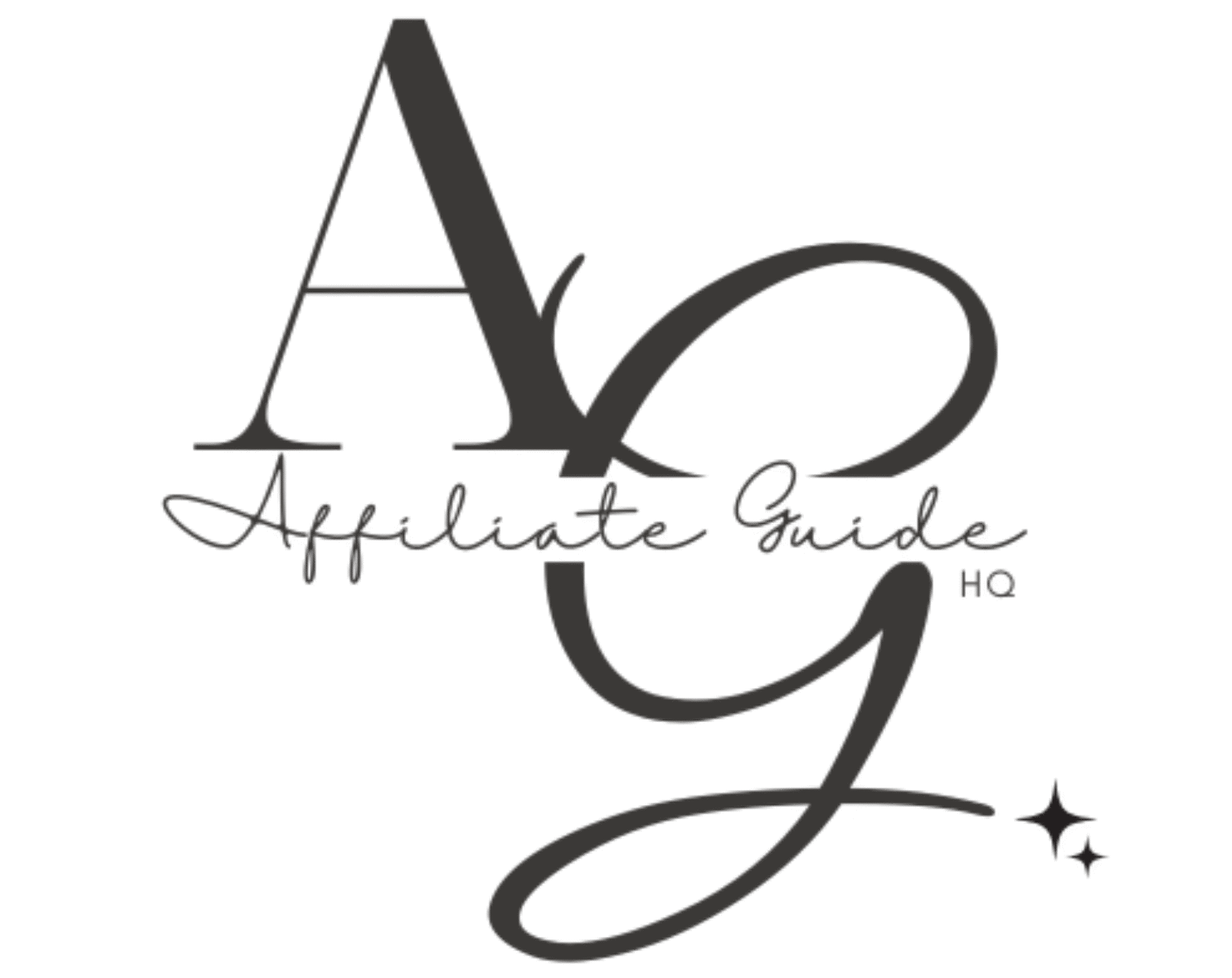
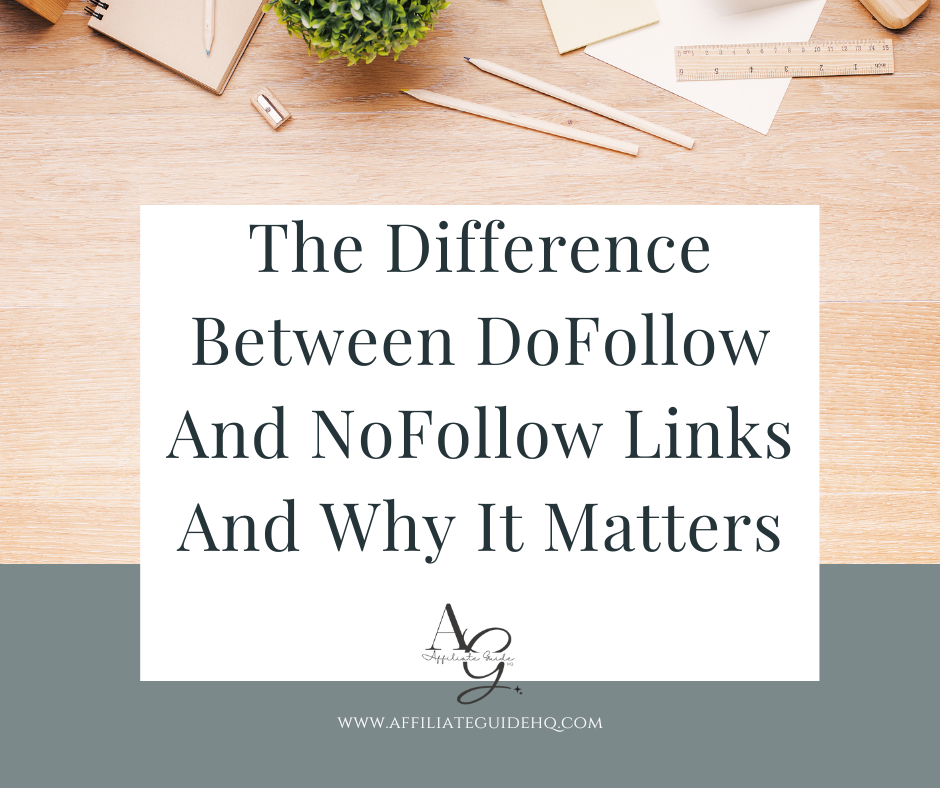
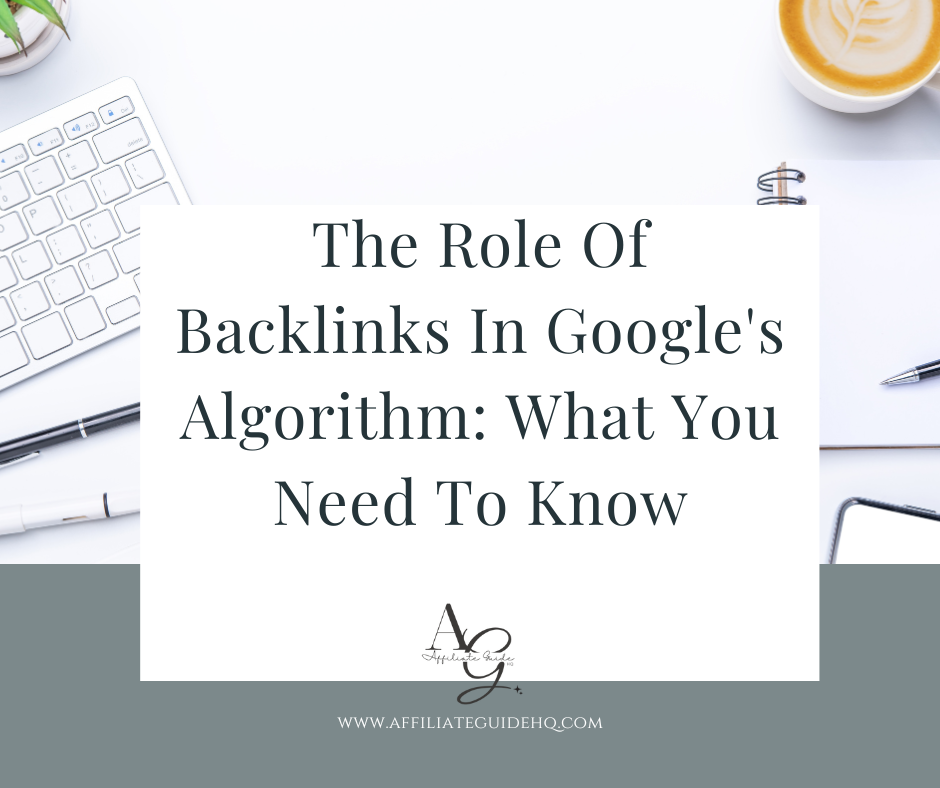
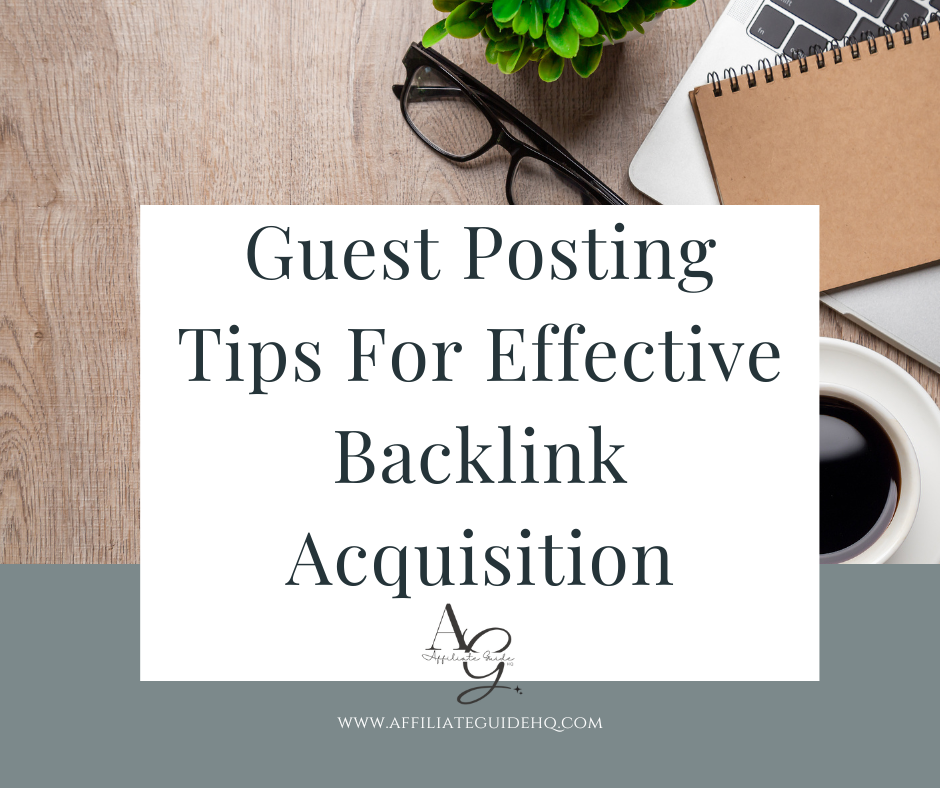
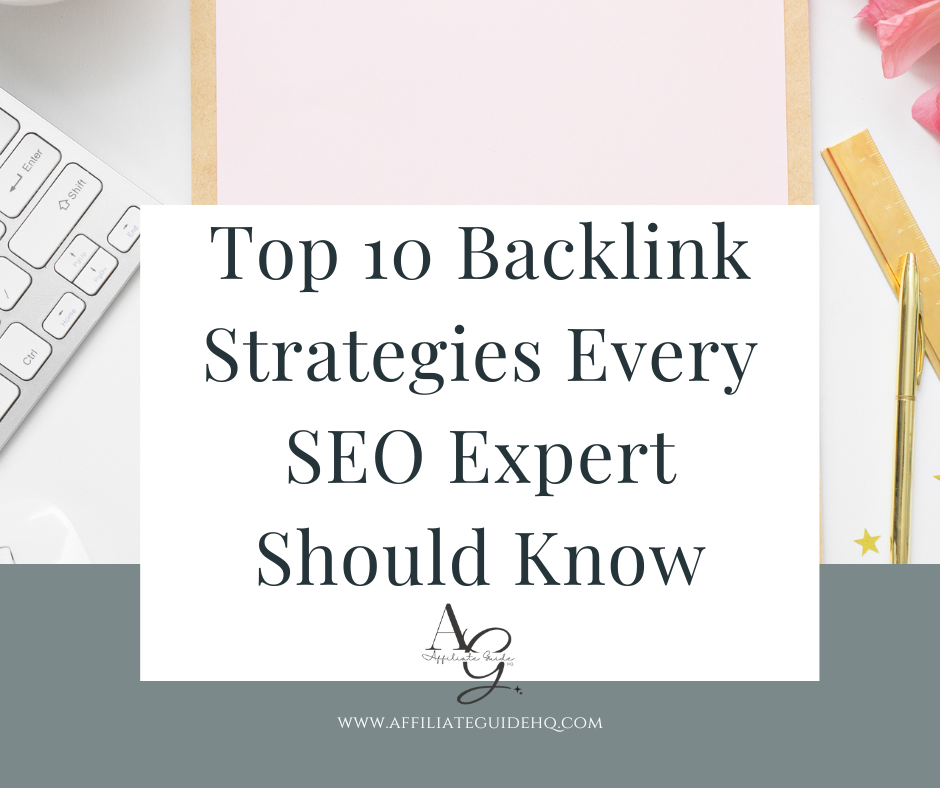
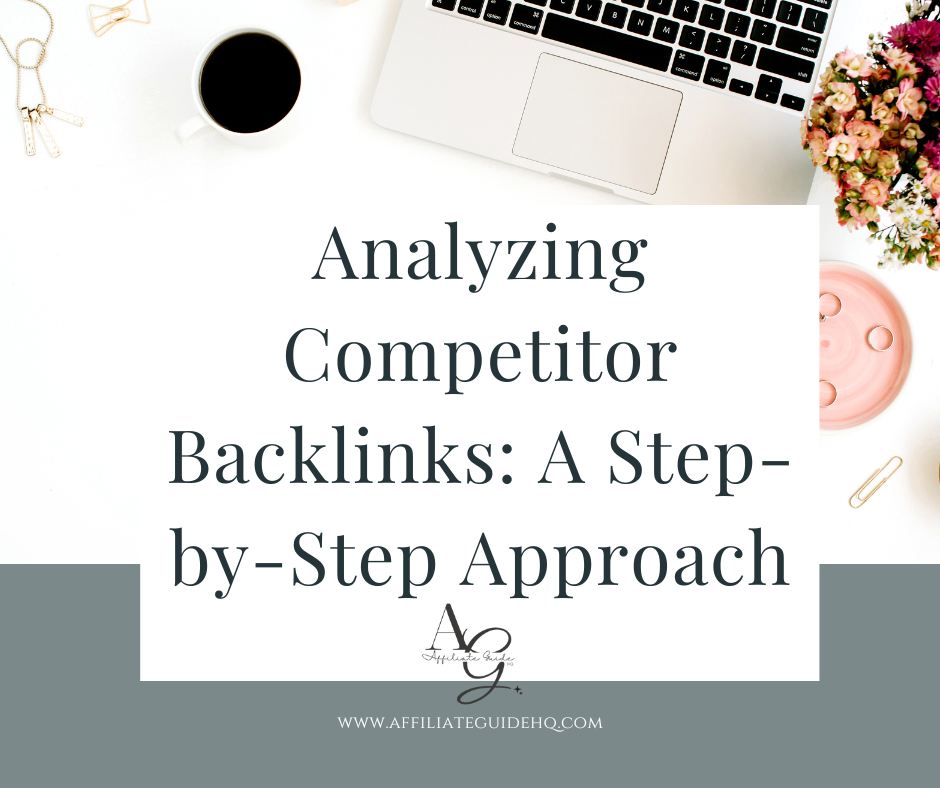
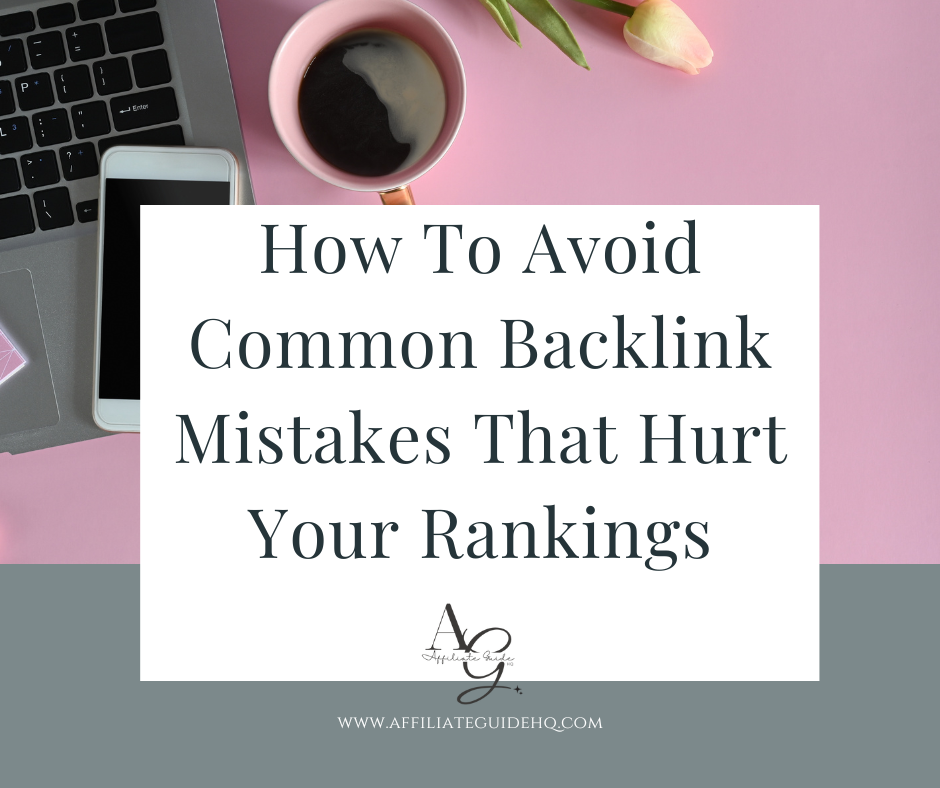
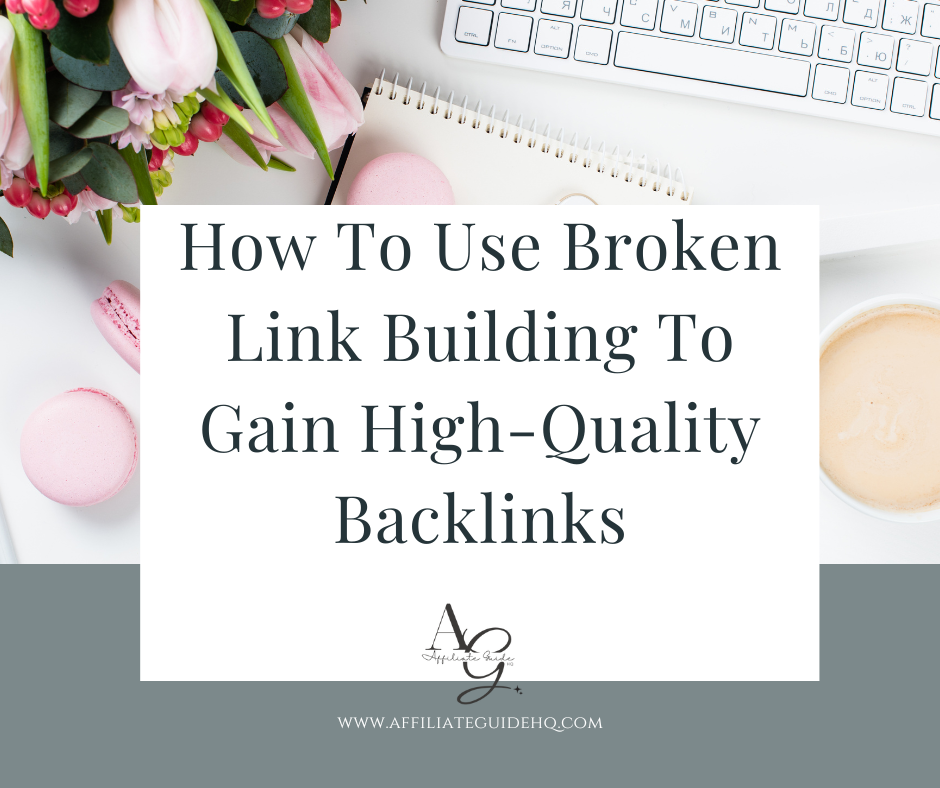
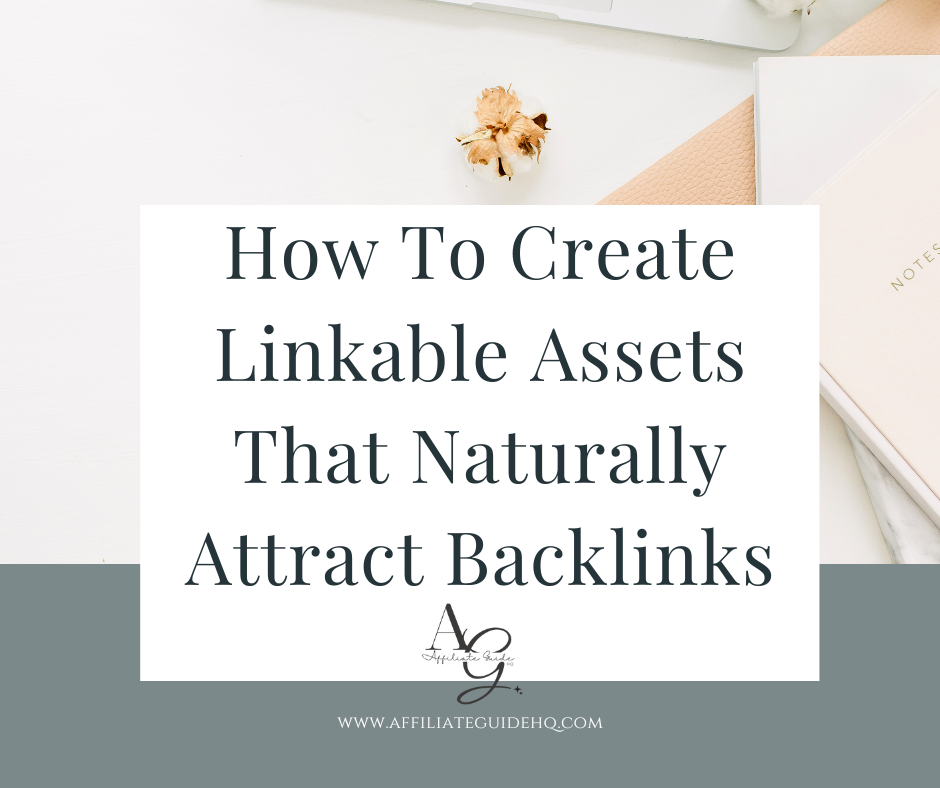
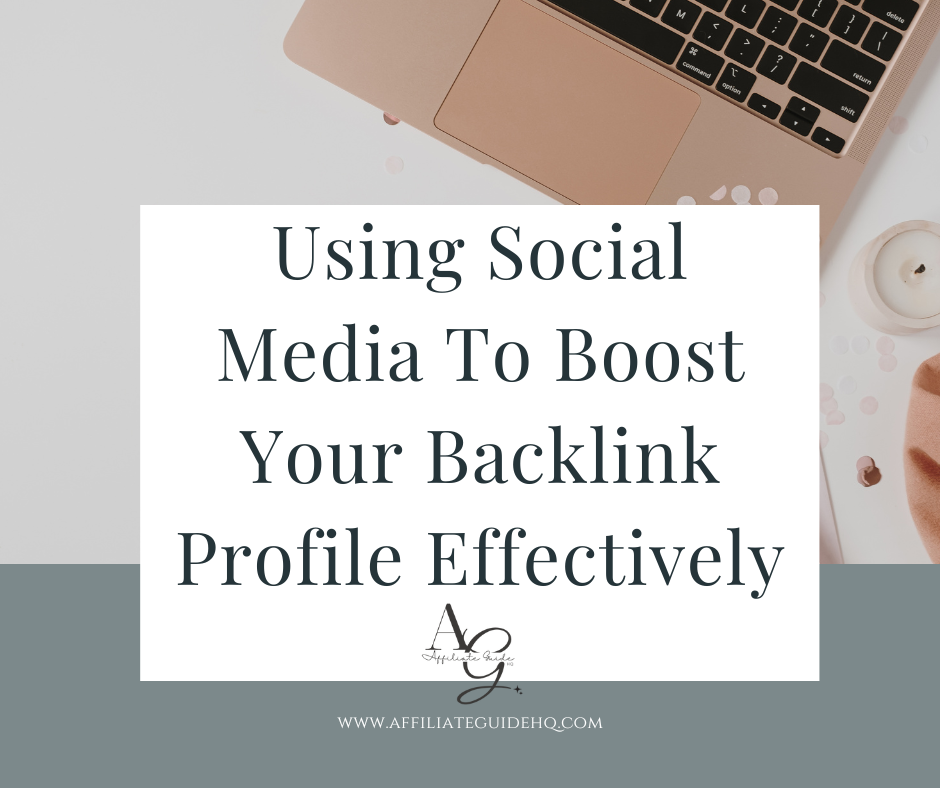
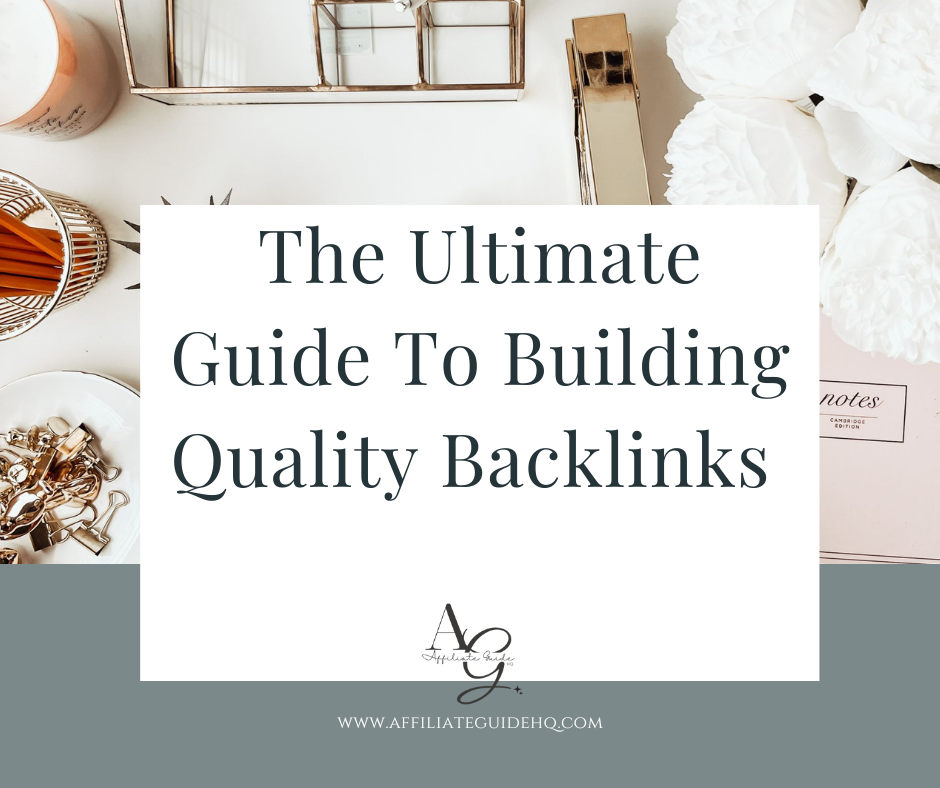
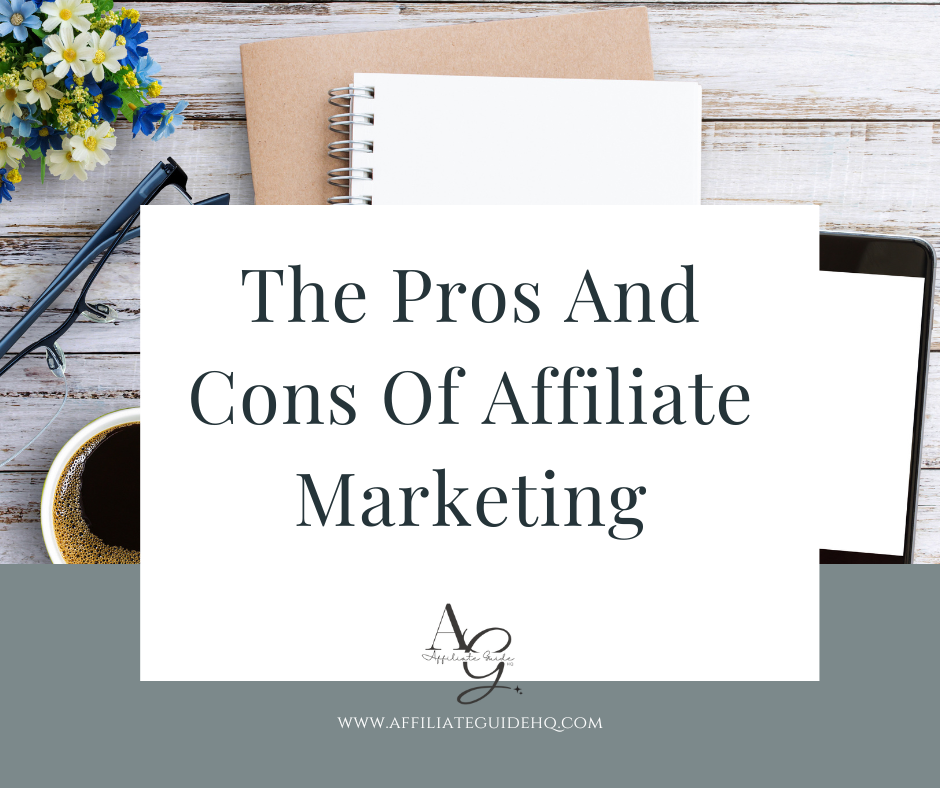
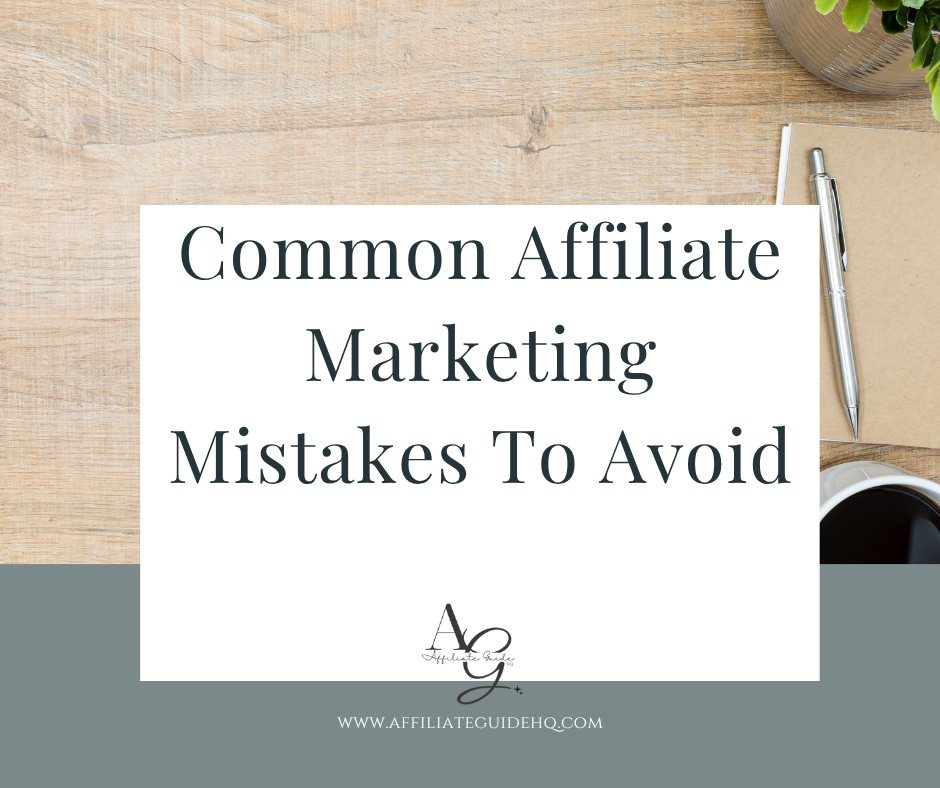
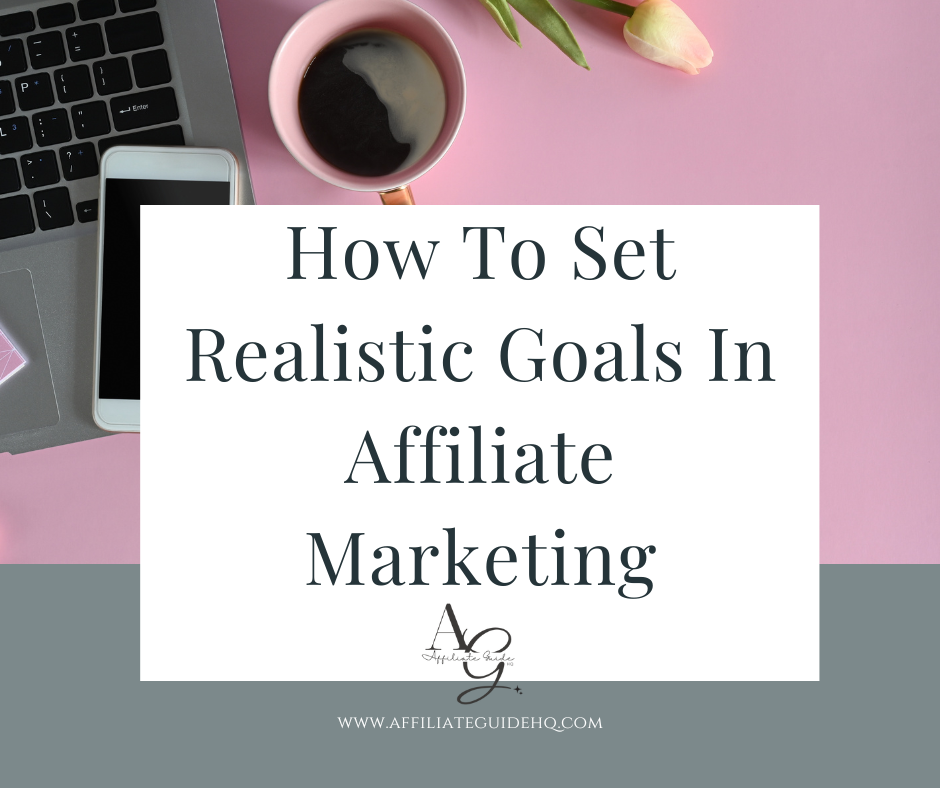
Leave a Reply